Heroes of Everest: Swiss stand on top of the world
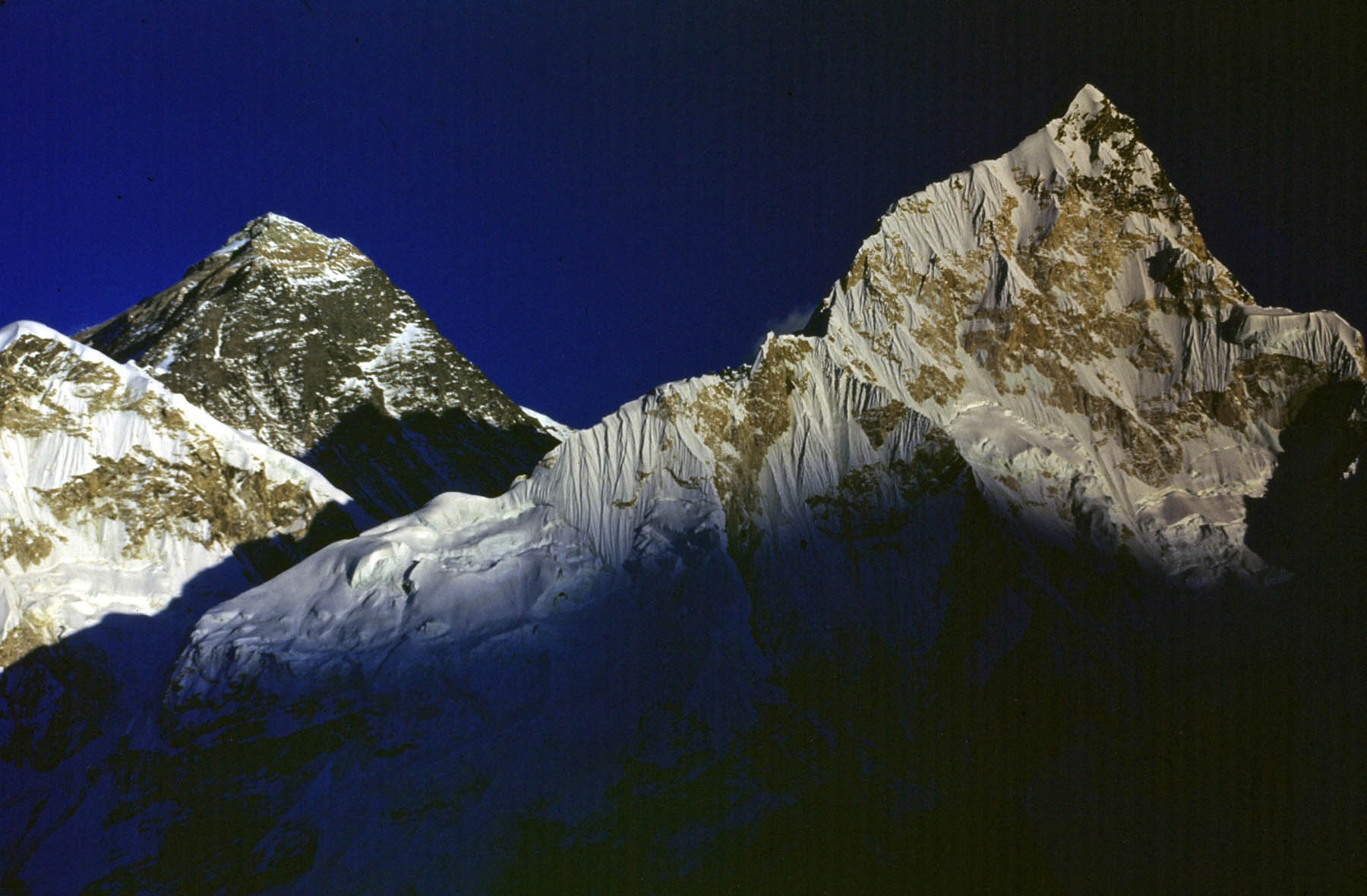
Swiss mountaineers made history around the world with their spectacular ascent of the peak of Mount Everest in 1956. Prior to this, only Sir Edmund Hillary and Sherpa Tenzing had successfully reached the summit.
In Switzerland, the mountaineers came to personify much more than their feat on Everest, impressive as it was. They also embodied a desire among the Swiss for a leading role in the technology boom of the post Second World War years. The climbers were seen as harbingers of a more open Switzerland – a country in need of burnishing its reputation on the world stage after its cooperation with the Nazis.
On May 1956, the first two-man Swiss team of Ernst Schmied and Jürg Marmet reached the summit of Mount Everest, followed the next day by a second two-man Swiss team, Dölf Reist and Hans Ruedi von Gunten.
The four mountaineers became the second and third teams to reach the top of Everest’s 8848-metre peak following Hillary and Tenzing’s climb in 1953.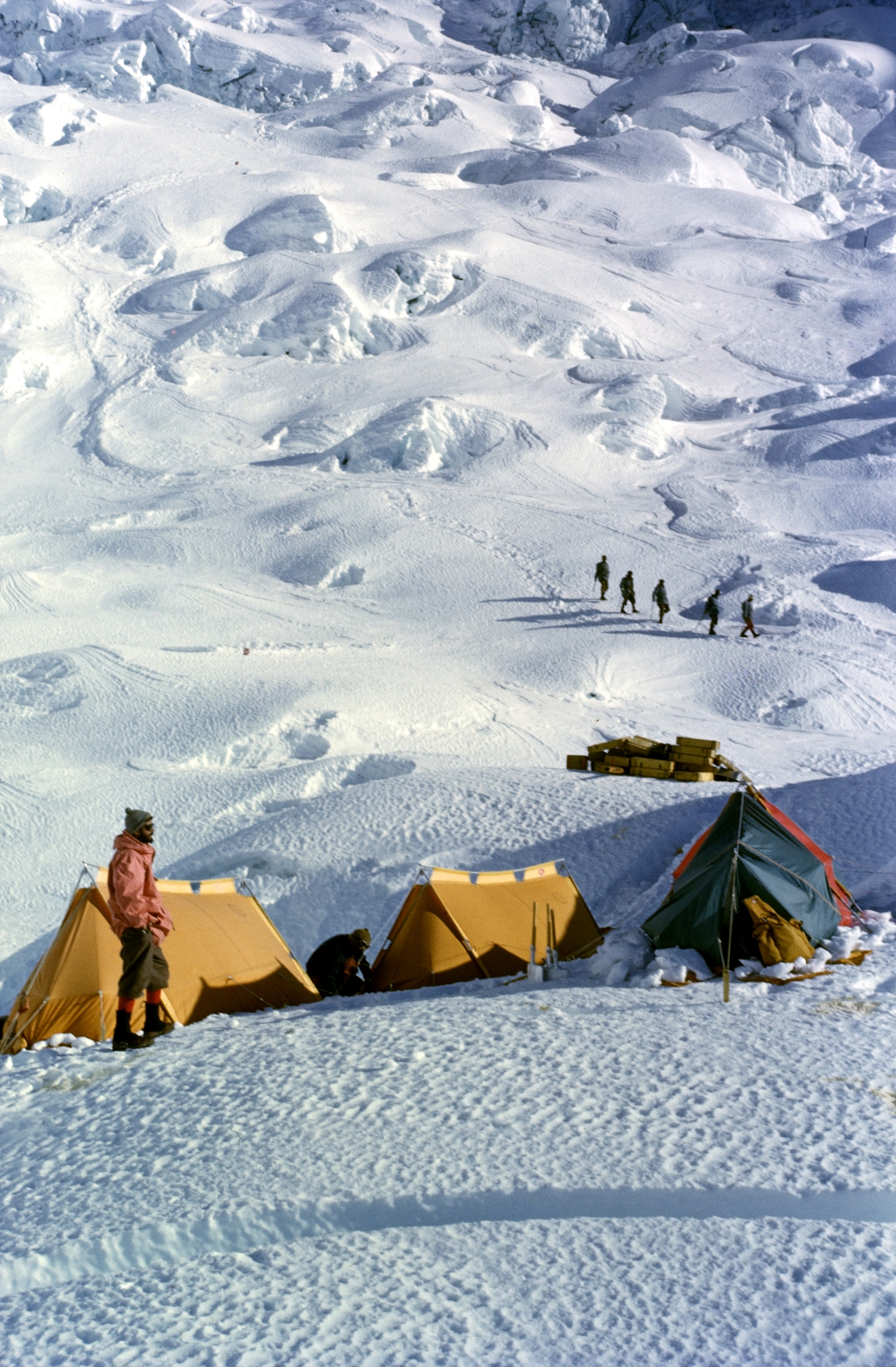
More
Massive Everest as photographed by little Dölf Reist
Adding to the excitement, yet another the Swiss expedition had made climbing history just a few days earlier when Fritz Luchsinger and Ernst Reiss became the first team to reach the summit of neighbouring Lhotse, the fourth highest peak in the world.
Worldwide fame
“Swiss scale Everest twice, conquer Lhotse,” announced the New York Times on its front page. The Lhotse feat by Luchsinger and Reiss was “considered by many as a stiffer mountaineering test than Everest”, they wrote. Life magazine in the United States commented that the Everest feat was “probably the world’s most satisfying second place”.
A popular Swiss magazine, the Schweizer Illustrierte Zeitung, cheered the “Swiss Triumph in the Himalayas”, proceeding to dedicate pages to the mountaineers in an enormous photo-reportage that went on for weeks.
Facsimiles, original photographs, film and sound recordings and artefacts that trace how the media trend in mountaineering began and developed may now be seen in the exhibition “Himalaya Report Mountaineering in the Media Age” at the Alpine Museum in Bern through July 26, 2015.
“We’re standing on Everest!”
“The exhibition examines in chronological order how mountain climbers have conveyed their experiences, starting at the beginning of the 19th century. Today the top climbers are commercially highly integrated products, actually, brands.
“We wanted to explore the question of how this development came about, “ said Beat Hächler, director of the Alpine Museum. He sees the Everest expeditions as a “follow-up to a colonial, nationally-charged world. The mountaineers were the ‘astronauts of Switzerland’. They sparked a nationalistic feelings in the country.”
Patricia Purtschert, scientist at the federal technology institute (ETH Zurich) and a passionate climber agrees. “In Switzerland, it evoked a feeling of having done something special and achieved something together.” She has studied the Swiss Everest expedition in relation to decolonisation.
The fact that the dramatic ascent took place barely a decade after the horrors of Second World War had an enormous impact on how it was perceived, according to Purtschert. “I was able to interview Annelies Sutter Lohner, who was one of the few women who had been with the Swiss Himalayan exhibitions, in 1947 and 1949, shortly before her death,” said Purtschert.
“She told me that after the war people were extremely open to new starts and breaking out. Europe still lay in ruins, so people were fascinated by stories of adventures in a remote, wild and apparently unscathed world.”
Fortress mentality
The celebrated heroes of the Himalayan expeditions did much more than whet the taste for adventure of those back home in Switzerland, explained Purtschert.
“In a fairly ingenious way they created an interface between the Switzerland that had barricaded itself in the Second World War, and which had subsequently experienced international disapprobation for close cooperation with Hitler’s Germany, and the open Switzerland that urgently needed to improve its international reputation.”
“The voyages to exotic Asian countries and the gripping race between the big climbing nations to be the first to reach the world’s highest peak was a very attractive mix to the people back home.”
Bridge to modernity
The Swiss also used the icy heights of Everest as a laboratory. The fabled death zone was soon to become a global showcase for Switzerland to impress the world with its technological savvy.
Oxygen equipment, tents, ropes, insulated clothing, special footwear and watches, plus the use of radio – all this had the effect of giving an impression of rapid technological development in the Swiss expeditions, noted Purtschert.
“This was staged for the media, so that the warmly-clad climbers, who were reminiscent of astronauts, came to be seen as the epitome of technological progress. In 1960, Max Eiselin went a step further with the use of a small Pilatus Porter plane on the first ascent of Dhaulagiri – a first in Himalayan mountain climbing.”
Even so, it was also technology that had led to the failure of 1952 Swiss expedition to Everest, when their oxygen equipment proved insufficient to the task.
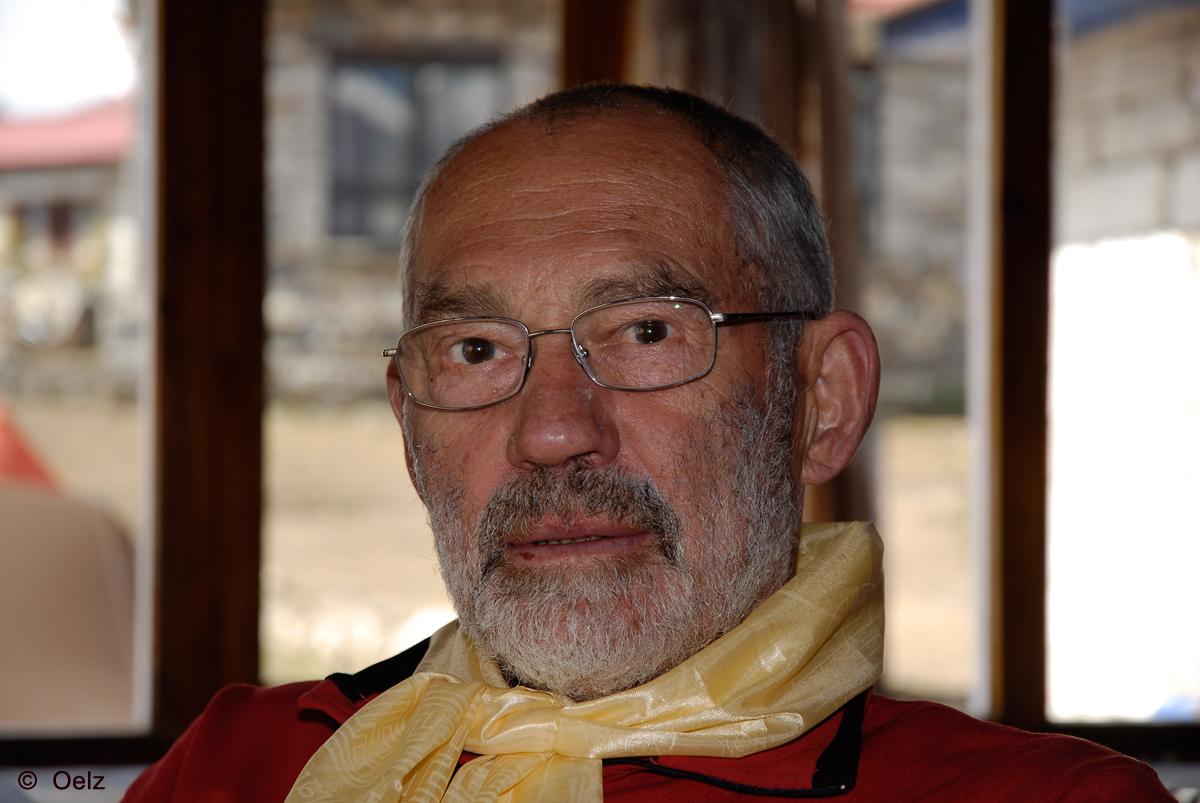
More
Swiss praised for pioneering work on Everest
But the Himalayan expedition had made it possible for Switzerland to reinvent itself and provided the means to an urgently needed opening up to the world.
Nationalism fades
The nationalist rhetoric that had characterised mountaineering up to that time was now virtually absent. “For example,“ said Purtschert, “a protagonist of the Swiss Foundation for Alpine Research (SSAF), which organised, financed and marketed the expeditions, newly attributed the Swiss cross in the logo as a sign in the sense of the Red Cross logo, which was symbolic of coming together internationally.”
This stress on the international character of mountaineering was attributable to the end of the colonisation, coinciding with India’s independence and the opening up of Nepal, said Purtschert.
“Decolonisation also made Switzerland aware that they too needed to change their approach.” Not coincidentally, Nepal became the first priority country chosen for Swiss development aid.
Nevertheless, the mountaineers continued to embody very traditional values, especially with regards to gender, Purtschert observed critically. “Women were always depicted as waving goodbye at the airport to the male heroes going out into the world.”
“Himalaya Report Mountaineering in the Media Age” may be seen at the Alpine Museum in Bern Switzerland through July 26, 2015. The exhibition ranges from the first-ever photographs made of K2 by Himalayan pioneer Jules Jacot Guillarmod, a native of canton Neuchâtel, to the first mountaineering movie, from 1934, which portrayed Swiss climbers on Gasherbrum I at over 7000-metres altitude and was shot by Günter Oskar, to the multimedia events of today’s extreme mountain climbers Ueli Steck and Stephan Siegrist.
At the centre are numerous artefacts of Himalayan expeditions – photographic, film and sound recordings, by, among others, Aleister Crawley, Günter Oskar Dyhrenfurth, Jules Jacot Guillarmod, Gerlinde Kaltenbrunner, Reinhold Messner, Stefan Siegrist and Ueli Steck. The museum has set up an open blog on its website especially for the exhibition (http://himalayareport.tumblr.com/)
On October 24, 2014, the estate of Erhard Loretan will be transferred to the Alpine Museum. Daniel Loretan will present the museum with the tape recordings of his brother, who had a fatal accident on the Grünhorn in 2011. Erhard Loretan, who was from the canton of Fribourg, was the third climber who managed to climb all fourteen of the world’s highest mountain peaks (over 8000 metres).
(Translated from German by Kathleen Peters)

In compliance with the JTI standards
More: SWI swissinfo.ch certified by the Journalism Trust Initiative

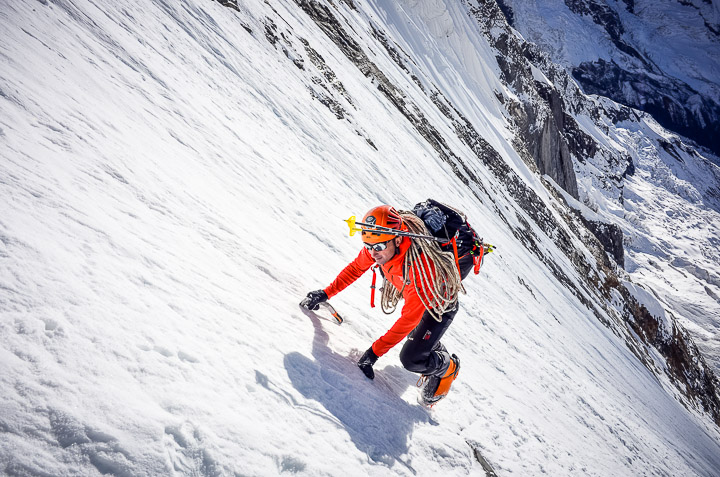
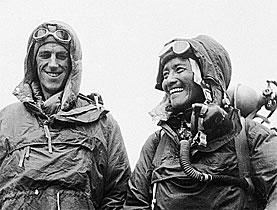
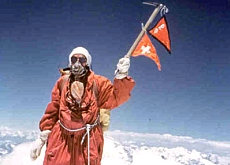
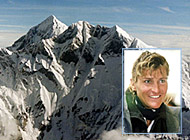
You can find an overview of ongoing debates with our journalists here. Please join us!
If you want to start a conversation about a topic raised in this article or want to report factual errors, email us at english@swissinfo.ch.